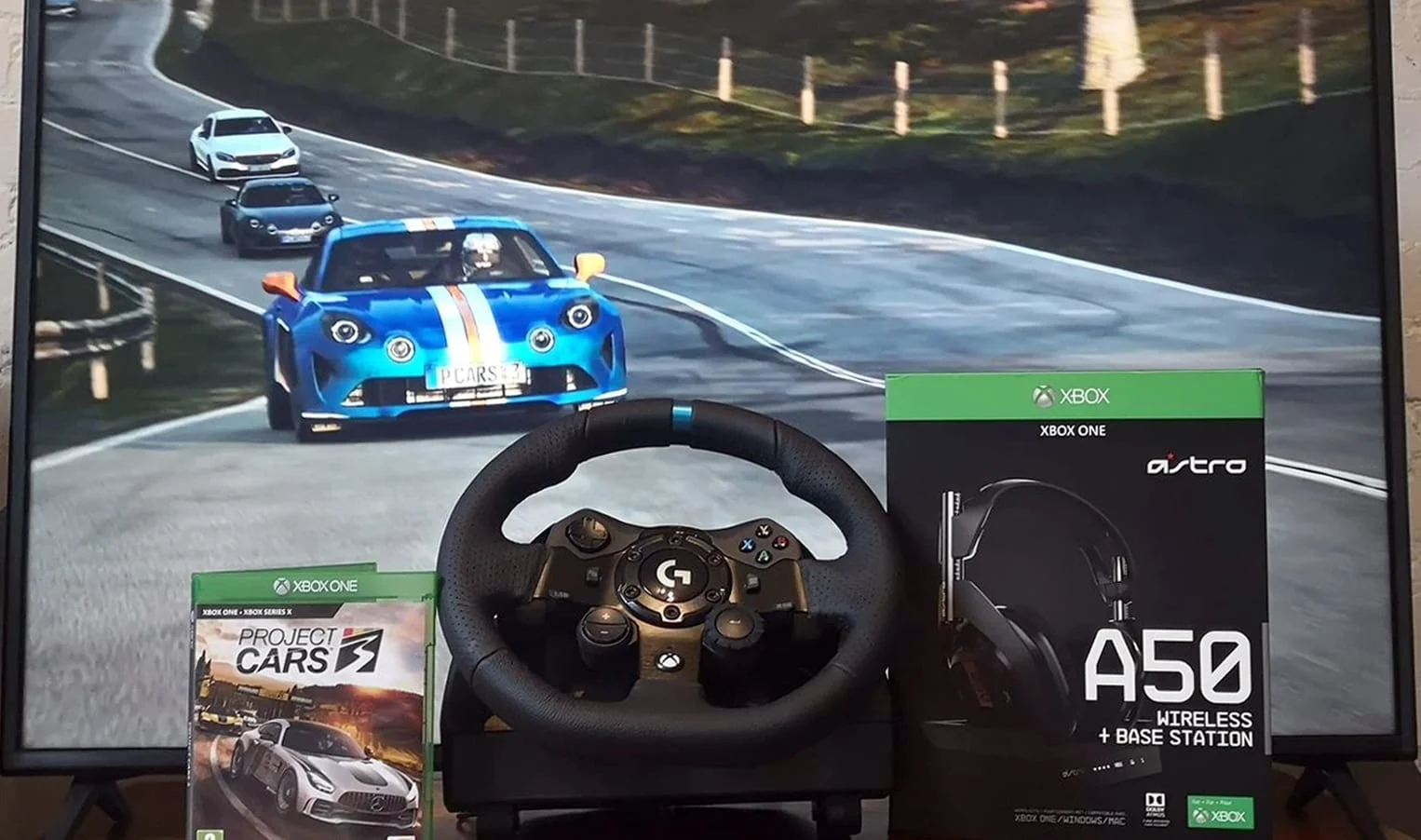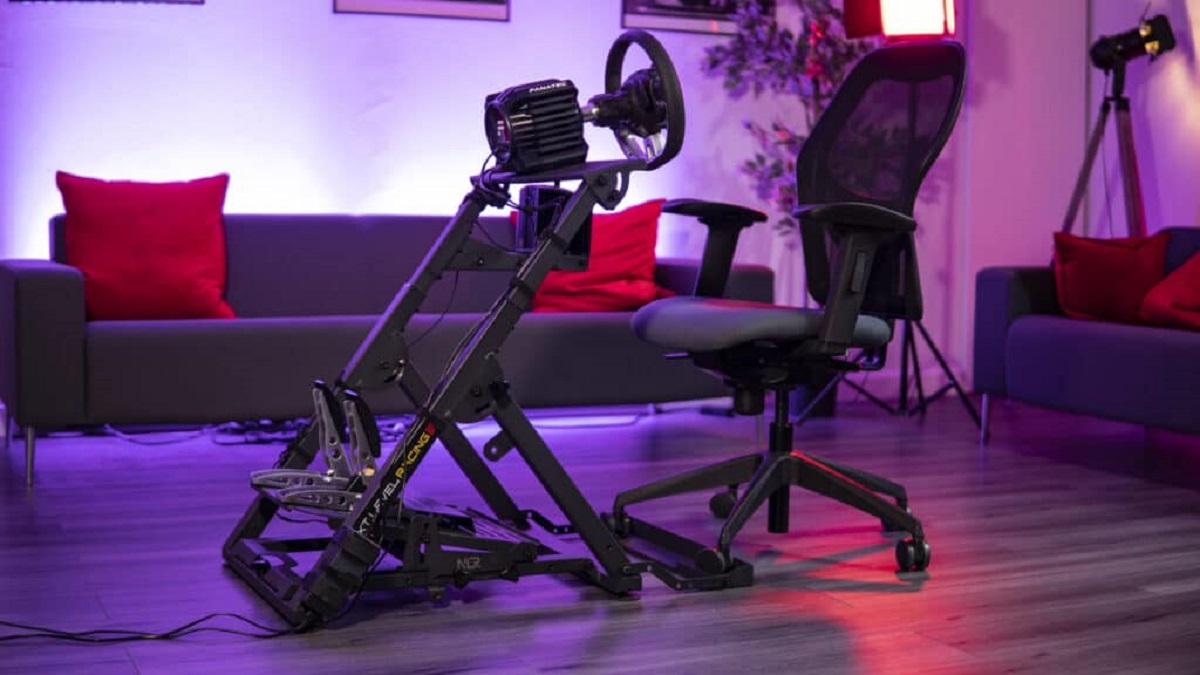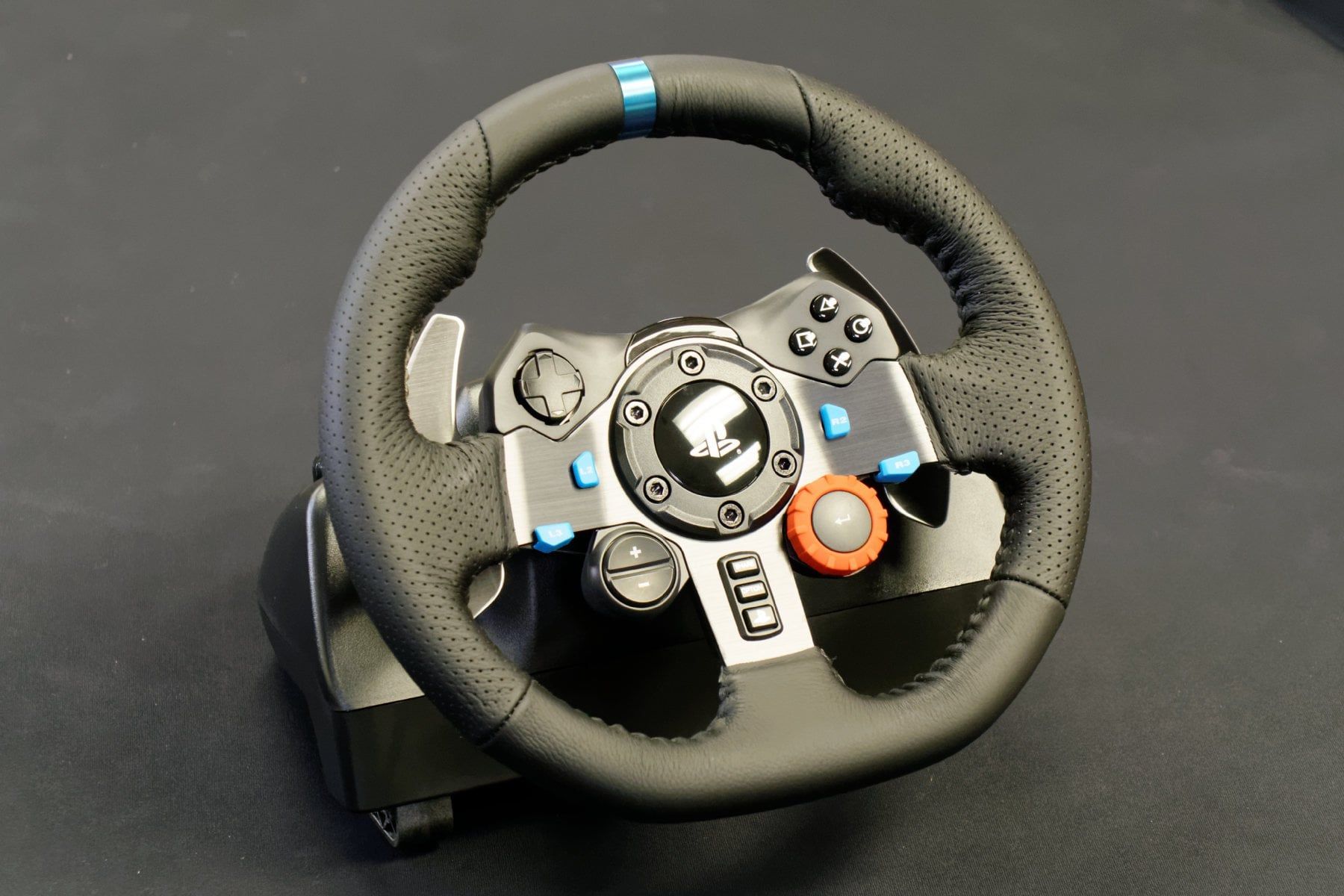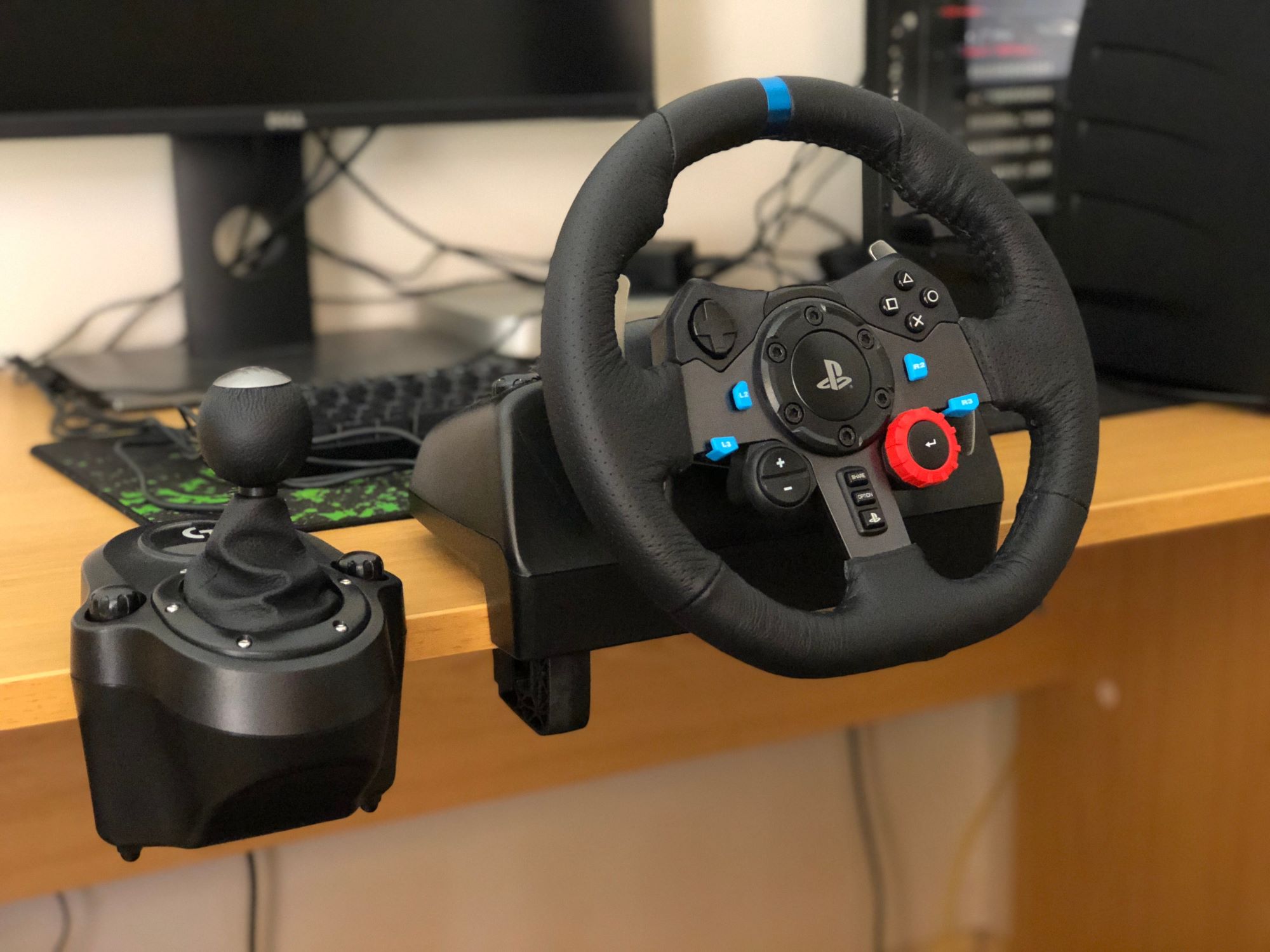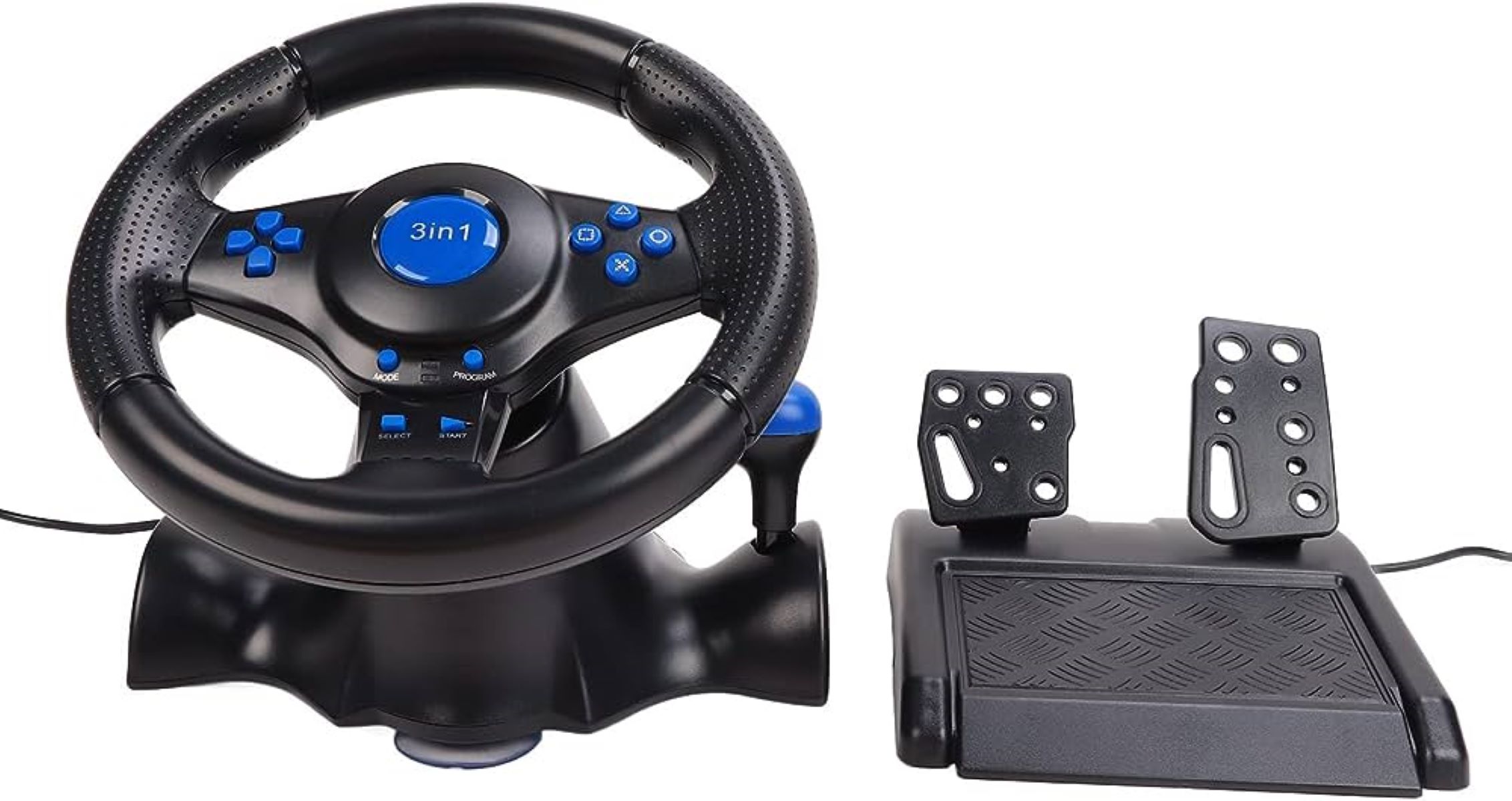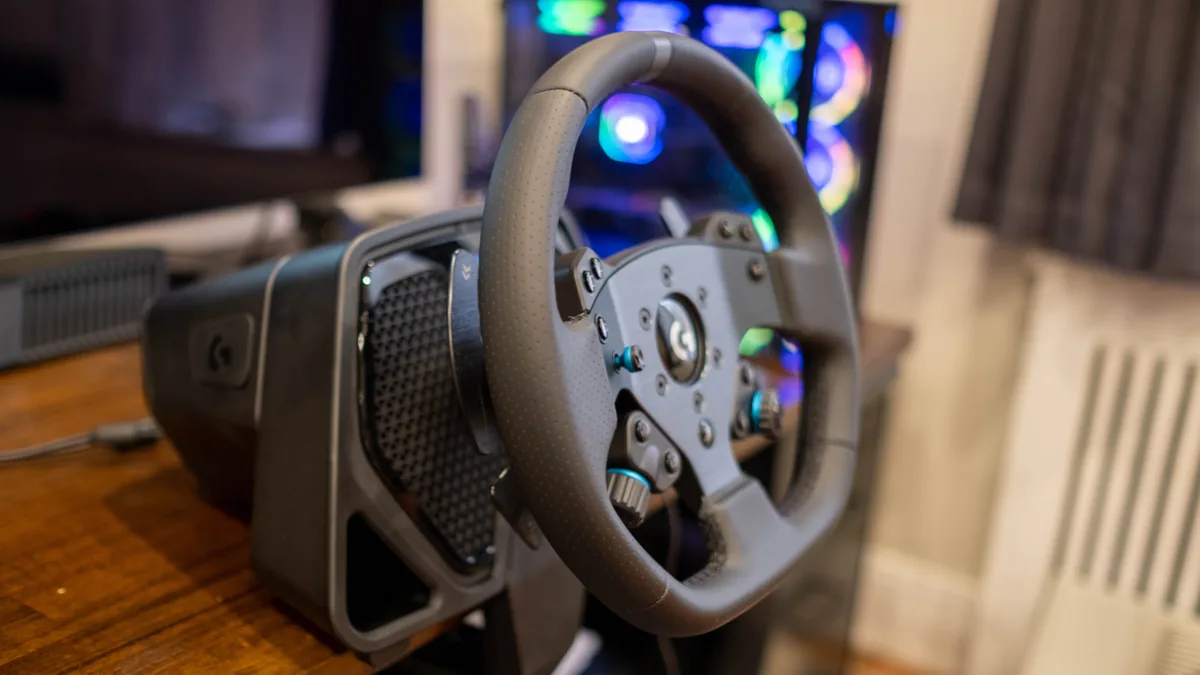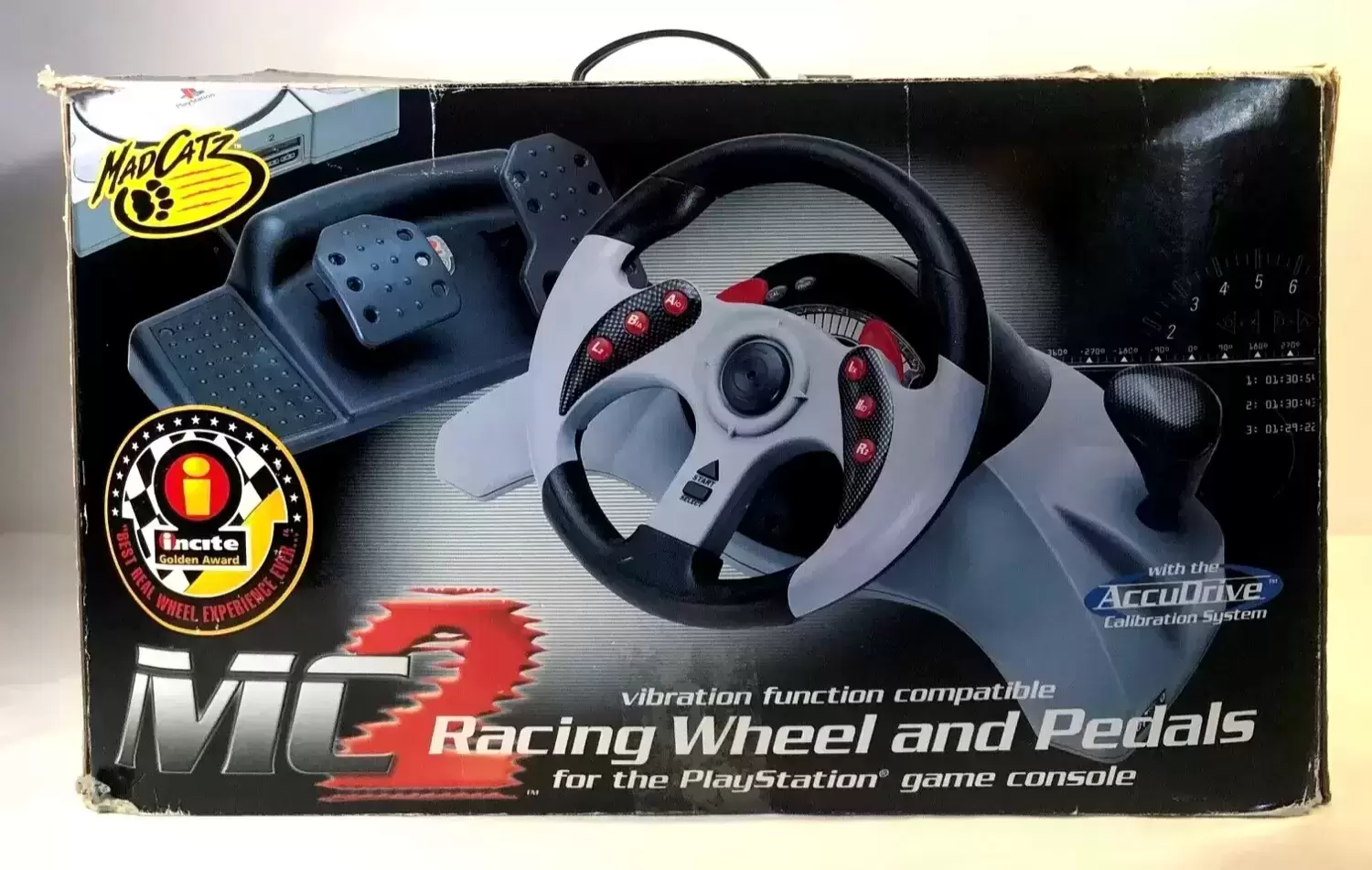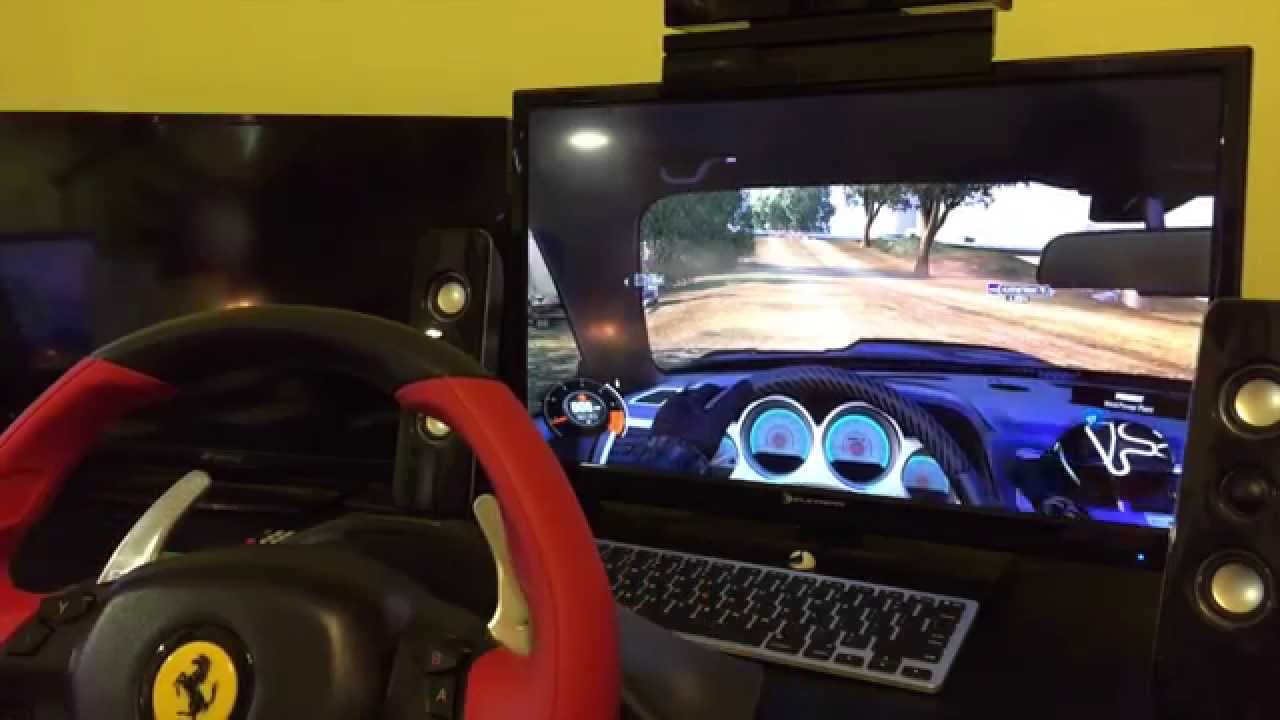Understanding the Racing Wheel
Before delving into the intricacies of using a racing wheel effectively, it’s crucial to comprehend the fundamental components and functionality of this indispensable tool. A racing wheel, also known as a steering wheel controller, serves as the primary interface between the virtual driver and the racing simulation. It mimics the steering mechanism of a real vehicle, providing a tactile and immersive driving experience that enhances realism and precision.
Modern racing wheels are equipped with advanced technology, including force feedback, paddle shifters, and customizable buttons, offering a wide array of features to optimize performance and customization. Understanding the layout and functionality of these elements is essential for harnessing the full potential of a racing wheel.
Furthermore, familiarizing oneself with the compatibility of racing wheels across different gaming platforms, such as PC, PlayStation, and Xbox, is crucial. This knowledge ensures seamless integration and optimal performance, allowing users to leverage the unique capabilities of their racing wheel across various gaming systems.
By acquiring a comprehensive understanding of the racing wheel’s design, features, and compatibility, enthusiasts can lay a solid foundation for honing their skills and maximizing their performance in virtual racing environments.
Practicing Proper Grip and Hand Placement
Mastering the art of proper grip and hand placement is pivotal in achieving precision and control when using a racing wheel. Adopting the correct grip not only enhances steering accuracy but also minimizes fatigue during extended racing sessions.
One of the most widely recommended techniques is the “10 and 2” hand position, where the hands are placed on the wheel at the 10 o’clock and 2 o’clock positions, mirroring the traditional hand placement on a physical steering wheel. This grip provides optimal control and maneuverability, allowing for smooth and precise steering inputs.
Additionally, maintaining a relaxed yet firm grip is essential to prevent overcorrection and erratic steering movements. Tensing up or gripping the wheel too tightly can impede responsiveness and lead to fatigue, hampering overall performance. Therefore, cultivating a balanced grip that allows for swift and subtle adjustments is key to navigating challenging corners and maintaining stability at high speeds.
Practicing consistent hand placement and grip techniques is imperative for developing muscle memory and reflexes that translate into seamless control on the virtual racetrack. By dedicating time to honing this fundamental skill, aspiring virtual racers can lay a solid groundwork for mastering the nuances of steering and maneuvering with precision and finesse.
Mastering Smooth Steering and Control
Effortlessly gliding through hairpin turns and navigating complex chicanes hinges on the mastery of smooth steering and precise control when using a racing wheel. Achieving fluid and seamless steering inputs is a hallmark of seasoned virtual drivers, and it requires a combination of finesse, anticipation, and adaptability.
Developing a nuanced understanding of steering sensitivity and responsiveness is paramount. Adjusting the wheel’s sensitivity settings to align with personal preferences and driving style can significantly enhance control, especially when maneuvering through tight corners or executing subtle corrections during high-speed sections.
Moreover, practicing gradual and deliberate steering inputs is essential for maintaining stability and traction. Abrupt or jerky movements can unsettle the vehicle, leading to loss of control and compromised lap times. By honing the ability to modulate steering inputs with precision, drivers can navigate challenging sections of the track with confidence and composure.
Anticipating and preemptively adjusting steering angles based on the racing line and upcoming obstacles is a hallmark of skilled virtual drivers. This proactive approach minimizes the need for abrupt corrections and promotes a fluid driving experience, resulting in improved lap times and overall race performance.
Furthermore, understanding the intricacies of weight transfer and its impact on steering dynamics is crucial. Adapting steering inputs to accommodate shifts in vehicle weight during acceleration, braking, and cornering is essential for maintaining optimal traction and balance, culminating in smoother and more controlled driving experiences.
By diligently refining the art of smooth steering and precise control, virtual racers can elevate their driving proficiency, setting the stage for competitive and exhilarating performances on the digital racetrack.
Learning to Use Pedals Effectively
Mastering the art of utilizing pedals effectively is a pivotal aspect of harnessing the full potential of a racing wheel. The pedals, comprising the accelerator, brake, and clutch (in the case of manual transmission setups), play a critical role in dictating the speed, stability, and overall performance of the virtual vehicle.
Understanding the nuances of pedal control begins with developing a keen sense of modulation and finesse. Gradually applying pressure to the accelerator while exiting corners and judiciously managing throttle inputs during acceleration are essential techniques for optimizing speed and maintaining traction.
Equally crucial is the adept utilization of the brake pedal. Achieving the delicate balance between braking force and wheel lock-up is a hallmark of skilled virtual drivers. By practicing progressive and controlled braking, drivers can navigate corners with precision, effectively managing deceleration and minimizing the risk of skidding or loss of control.
For those utilizing manual transmission setups, mastering the clutch pedal adds an additional layer of complexity and skill. Seamless gear shifts and clutch engagement are paramount for maximizing acceleration and maintaining momentum, especially during competitive races where split-second timing can make a significant difference.
Moreover, adapting pedal sensitivity settings to align with individual preferences and driving style can enhance overall control and responsiveness. Fine-tuning the pedal input curves and dead zones can empower drivers to tailor the pedal behavior to suit their specific racing needs, resulting in a more intuitive and personalized driving experience.
By dedicating time to honing pedal techniques and integrating them seamlessly with steering inputs, virtual racers can elevate their driving proficiency, culminating in smoother, more controlled, and ultimately faster performances on the virtual racetrack.
Perfecting Racing Line and Apexes
Mastering the art of navigating the optimal racing line and hitting apexes with precision is a cornerstone of achieving competitive lap times and race results in the world of virtual racing. The racing line, a strategic path along the track that maximizes speed and minimizes distance, serves as a guiding principle for drivers aiming to optimize their performance.
Understanding the intricacies of the racing line involves identifying apexes, the points at which the vehicle’s trajectory is closest to the inner edge of a turn. By approaching corners with a keen focus on hitting apexes, drivers can minimize the radius of their turn, enabling faster exits and maintaining higher speeds throughout the track.
Moreover, adapting the racing line to suit the unique characteristics of each corner, such as varying radii and camber, is essential. By analyzing track layouts and employing different racing lines for distinct corners, drivers can capitalize on the inherent dynamics of each section, ultimately shaving off valuable seconds from their lap times.
Anticipating and visualizing the ideal racing line well in advance is a hallmark of skilled virtual drivers. By honing the ability to predict the optimal path through upcoming corners and adjusting their approach accordingly, drivers can execute precise and efficient lines, translating into improved lap times and competitive advantages over opponents.
Furthermore, recognizing the significance of apex clipping – the act of brushing the vehicle’s tires against the inner apex – can significantly enhance cornering dynamics. By meticulously timing and executing apex clips, drivers can exploit the track’s geometry to their advantage, maximizing traction and minimizing time spent negotiating each turn.
By diligently perfecting the art of the racing line and apexes, virtual racers can elevate their driving proficiency, setting the stage for competitive and exhilarating performances on the digital racetrack.
Understanding Force Feedback and Adjusting Settings
Force feedback, a pivotal feature of modern racing wheels, simulates the tactile sensations experienced when driving a real vehicle, providing crucial sensory cues that enhance immersion and driving precision in virtual racing simulations. Understanding the nuances of force feedback and effectively adjusting its settings can significantly impact a driver’s ability to interpret and respond to the virtual driving environment.
One of the key aspects of force feedback is its role in conveying road texture, tire grip, and vehicle dynamics to the driver. By discerning subtle variations in force feedback signals, drivers can gauge the limits of adhesion, anticipate wheel slippage, and react to changes in surface conditions, thereby enhancing their ability to maintain control and extract optimal performance from the virtual vehicle.
Furthermore, adjusting force feedback settings to align with personal preferences and driving style is essential. Tailoring parameters such as overall strength, wheel rotation angle, and dynamic force response enables drivers to fine-tune the feedback characteristics to suit their individual preferences, ultimately enhancing comfort and responsiveness during intense racing sessions.
Delving into advanced force feedback settings, such as tire and suspension dynamics, allows drivers to gain deeper insights into the behavior of their virtual vehicle. By customizing these parameters, drivers can refine their understanding of vehicle dynamics, optimize handling characteristics, and ultimately elevate their driving proficiency by leveraging a more nuanced and realistic driving experience.
Additionally, recognizing the impact of force feedback on steering precision and responsiveness is crucial. By calibrating force feedback settings to minimize latency and maximize fidelity, drivers can achieve heightened accuracy and consistency in their steering inputs, translating into improved control and lap times on the virtual racetrack.
By comprehensively understanding force feedback and adeptly adjusting its settings, virtual racers can elevate their driving proficiency, setting the stage for competitive and exhilarating performances on the digital racetrack.
Practicing with Different Racing Simulations
Engaging with a diverse array of racing simulations is a fundamental aspect of honing one’s skills with a racing wheel, offering invaluable opportunities to adapt to varying driving dynamics, track layouts, and vehicle behaviors. Each simulation presents unique challenges and intricacies, fostering a well-rounded skill set and a deeper understanding of virtual racing.
Exploring multiple racing simulations allows drivers to familiarize themselves with a wide spectrum of virtual vehicles, ranging from nimble open-wheel formula cars to powerful GT machines and rally cars. Adapting to the distinct handling characteristics and performance attributes of each vehicle category cultivates versatility and adaptability, enabling drivers to navigate diverse racing scenarios with confidence and proficiency.
Furthermore, exposure to different track layouts and environmental conditions across various simulations is instrumental in developing a comprehensive skill set. From tight street circuits to high-speed ovals and challenging off-road terrain, each setting presents unique demands that require drivers to refine their techniques, adapt their strategies, and master the art of precision driving in diverse and dynamic environments.
Moreover, the integration of varied racing disciplines, such as circuit racing, rallycross, and endurance events, broadens a driver’s repertoire and fosters a holistic understanding of racing dynamics. Embracing the nuances of each discipline cultivates adaptability, strategic acumen, and a well-rounded approach to virtual racing, laying the groundwork for success across a spectrum of competitive scenarios.
Embracing the multiplayer aspect of different racing simulations provides an avenue for competitive engagement and skill refinement. Participating in online races, leagues, and esports events within diverse racing communities fosters a spirit of camaraderie, healthy competition, and continuous improvement, culminating in a dynamic and enriching virtual racing experience.
By immersing oneself in a diverse range of racing simulations, virtual racers can elevate their driving proficiency, broaden their horizons, and embrace the multifaceted challenges of the digital racetrack, ultimately paving the way for exhilarating and competitive performances across the virtual racing landscape.







